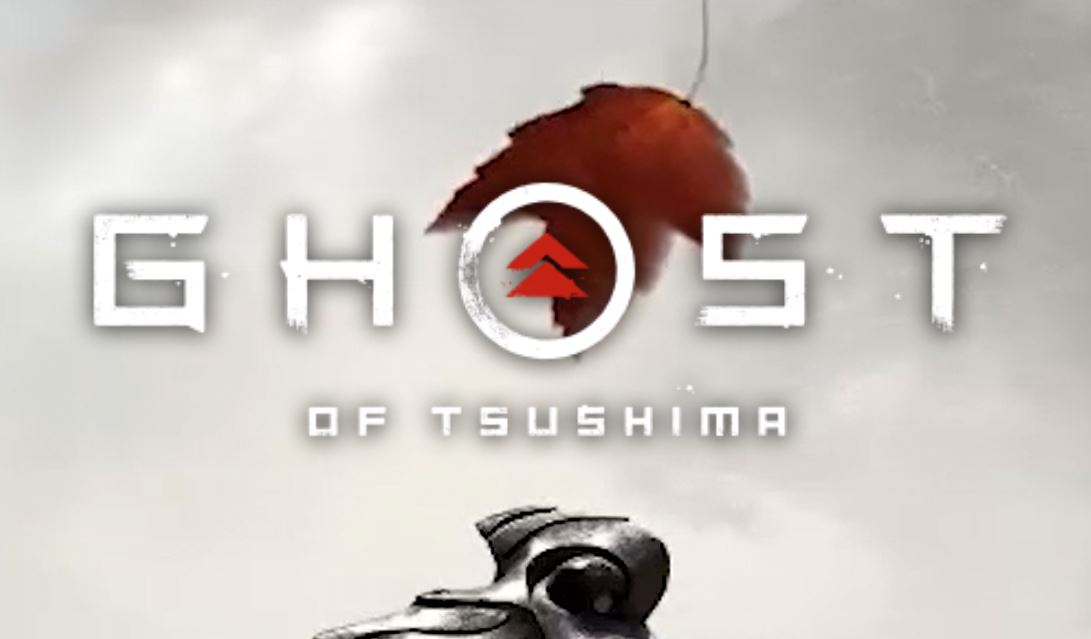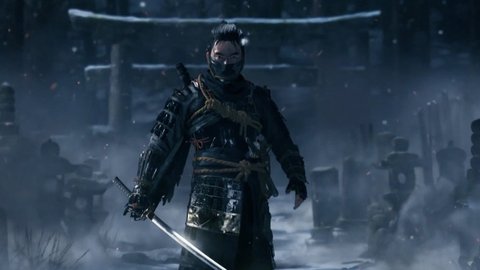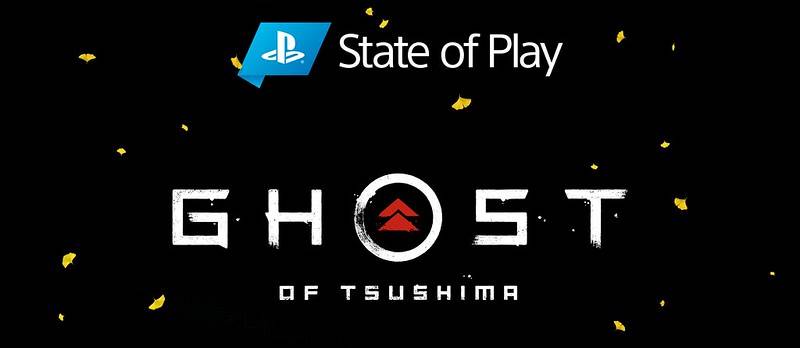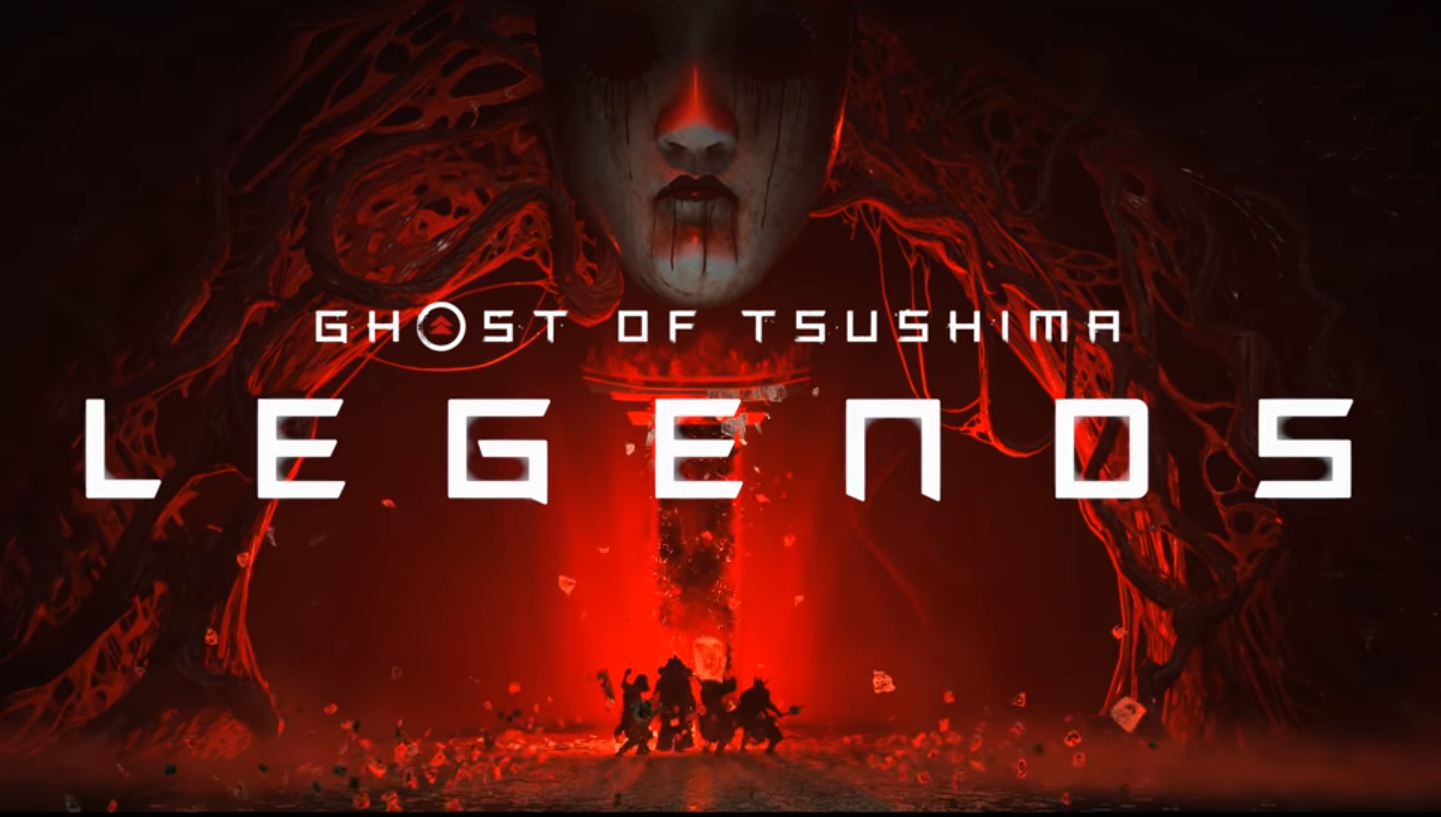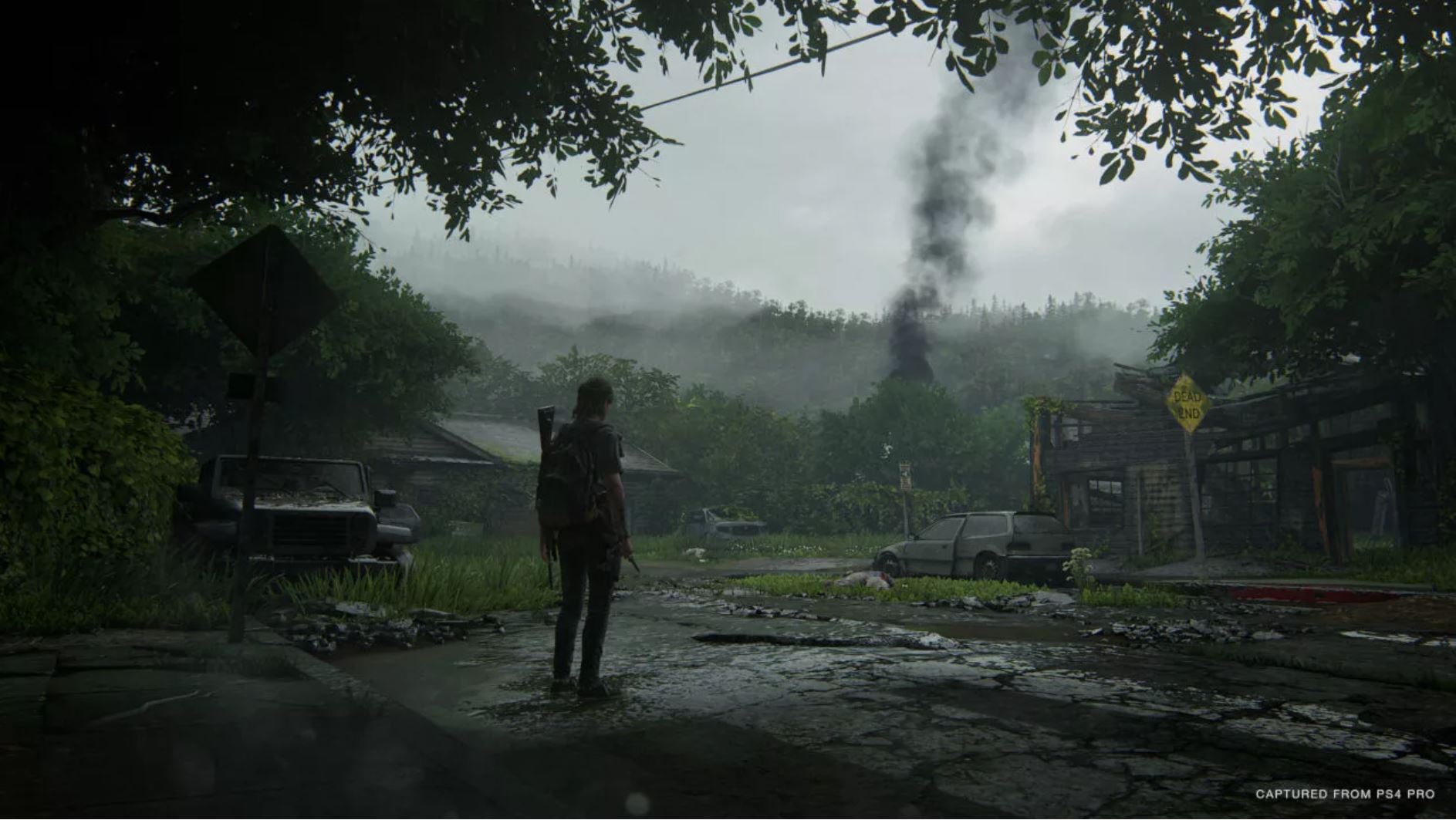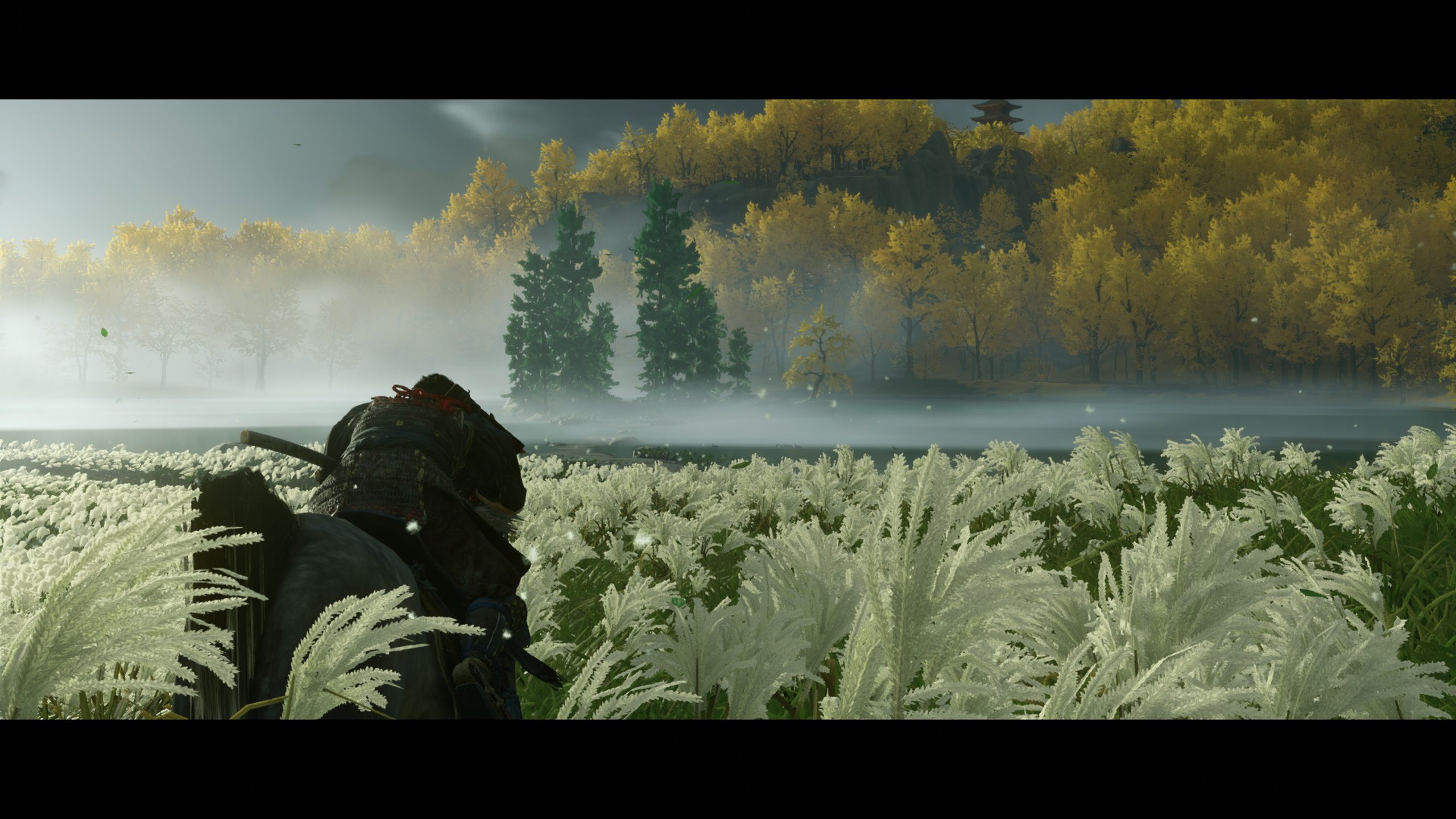
As a massive fan of Sucker Punch’s InFamous series, I’ve been waiting for their next game for quite a long time now. Since InFamous Second Son released in 2014 (which also happens to be the first game I bought for a PlayStation 4) we’ve had to wait over six years for their next fully fledged game. It comes in the form of Ghost of Tsushima, an open world samurai game mixing stealth and action. Basically, the setting that Assassin’s Creed fans have been clamouring for, for years now. I’m still only early in Ghost of Tsushima (a few hours and story missions), so here are my early impressions of the game.
Ghost of Tsushima opens as you take on the role of protagonist and samurai Jin Sakai, riding into battles with the Mongol hordes alongside his fellow samurai. Intent on honouring the samurai code, you announce your arrival, walk headfirst into the hordes, and promptly get routed by the much superior force. The Mongol hordes then proceed to take control of the island, leading the one of the main impetuses for the story: Taking back the island of Tsushima. The story has been engaging and somewhat interesting so far, moving between present day and flashbacks to Jin’s past, but it also hasn’t been particularly fantastic yet. The lack of facial animation adjustment to match the Japanese dub track certainly didn’t help with my immersion after selecting the Japanese Cinema mode to start the game.
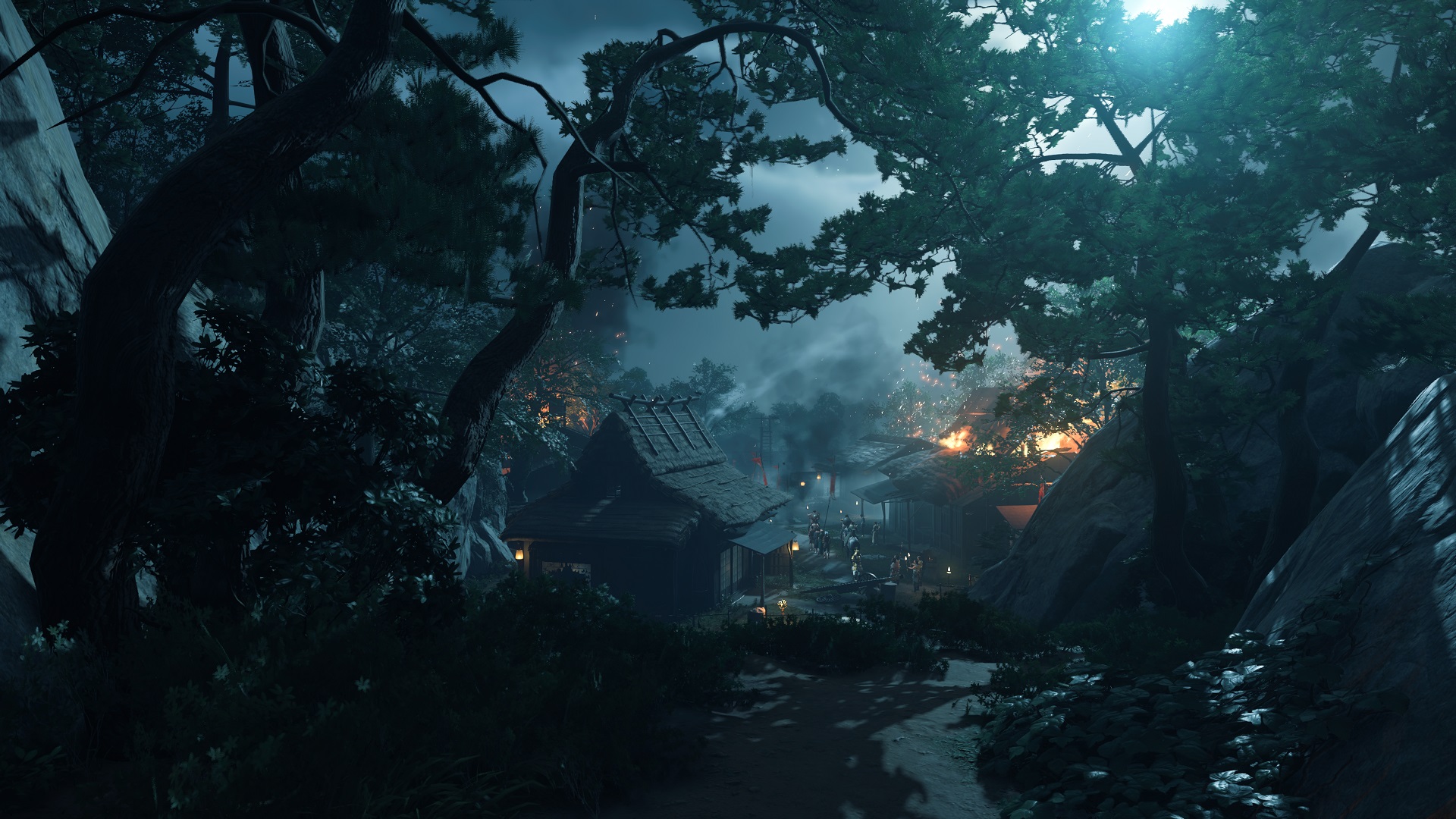
Throughout this sequence, the game moved from cinematics into allowing control of Jin whilst in combat, in one of the worst feeling openings of a game I’ve seen in a long time. The game thrusts you into a minutes-long combat section, with no explanation of the mechanics behind said combat. You can learn many of the controls by opening the game’s menu mid-combat (something you couldn’t do before this section), but this doesn’t explain the enemy stagger meters. It’s not long, but it’s mystifying and personifies much of the early sections of the game.
Starting out, your repertoire of abilities is extremely limited, which forces you into all combat encounters head on. Having seen a myriad of trailers showing off bows, kunai, assassination and more, it was a bit of shock to see just how stripped back Jin’s options are early on. It gets significantly better after the first couple of story missions post-world opening, as I unlocked the ability to assassinate and got my bow, but the time spent doing activities before hitting that point got pretty frustrating. Based on my early time, I’d definitely suggest mainlining the story a little to get the extra options prior to moving forwards with the open world activities.
The open world has also proved much busier than I expected, with frequent Mongol and Bandit patrols popping up, along with wildlife and activities to take on as well. There’s certainly no shortage of content to find here, with the variety being good so far. The map also seems massive, given the speed of traversal, so I expect it to take quite some time to fully explore it. Which is great, because the environment is absolutely beautiful. The frame-rate can dip a bit though, even it cutscenes, but it hasn’t been an issue since swapping the game’s settings to prioritise framerate on my PlayStation 4 Pro.
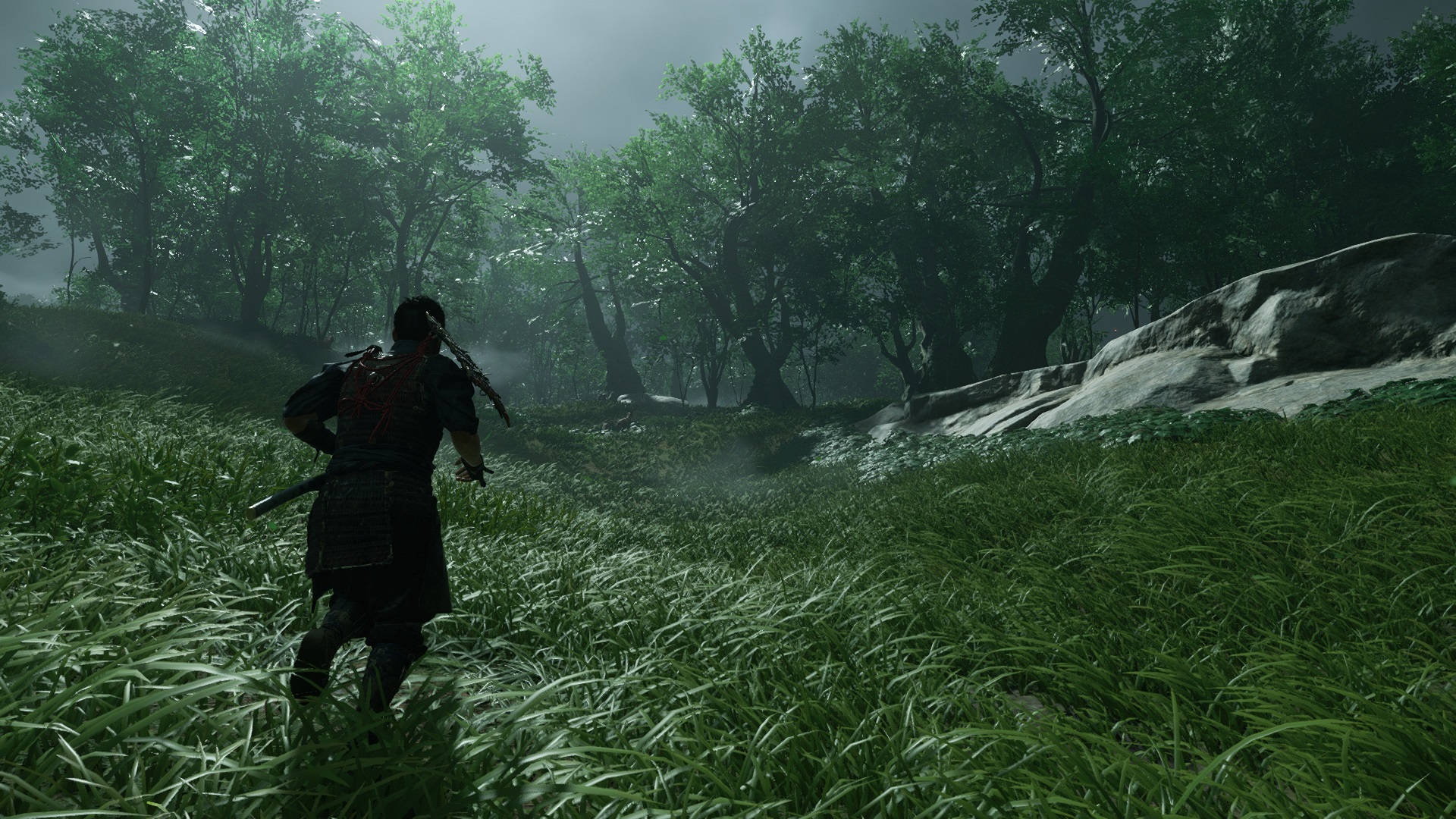
Much of time with the game so far has been spent in combat, and my thoughts are somewhat mixed in the early hours so far. Part of this comes from my own inexperience with the mechanics, but part also from issues with camera control and the lack of a lock-on system. The combat is very deliberate, quickly punishing you for rushing in or mashing buttons, with enemy attack pattern memorisation greatly aiding you. As I’ve learnt these patterns and unlocked more stances I’ve gradually become more fluent in combat, but the game seems to have some element of auto-aim to sword swings that have frustrated me on occasion. I’ve had a couple of instances where instead of swinging my sword at the enemy literally in front of me, Jin seems to aim his sword at an enemy slightly off to the side but further back. Given the style of combat, I’m desperately missing the ability to lock-on to enemies.
So far, it feels like a game that has all of the pieces that could make a great experience, but it hasn’t quite pulled them together yet. The poor opening hour or so certainly hasn’t helped, but the open world and combat are dragging me in. I’m eager to get back to it and put more hours into the game, which is maybe a testament on its own to how the game has grabbed me despite its flaws. Stay tuned to a full review of Ghost of Tsushima in the near future.

